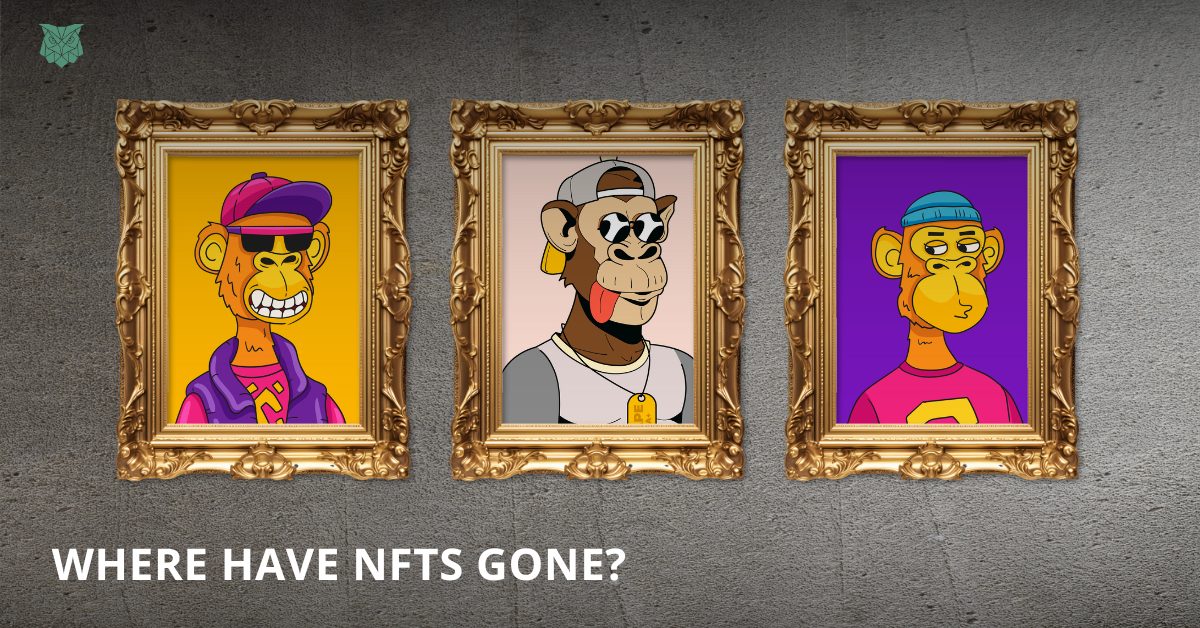Where Have NFTs Gone?
3 min read

3 min read

by Milica Stankić
In the not-so-distant past, Non-Fungible Tokens (NFTs) emerged as the digital darlings of the art and collectibles world, commanding headlines, sparking frenzied auctions, and minting overnight millionaires. Yet, as the initial buzz seems to have quieted down, many are left wondering: where have NFTs gone?
The explosive growth of NFTs in the first part of 2021 was truly remarkable. From digital art pieces fetching millions to tweets being sold as unique tokens, NFTs seemed to be the answer to the age-old question of ownership in the digital realm. However, as with any burgeoning trend, the initial excitement inevitably gave way to scrutiny and skepticism.
One of the primary criticisms leveled against NFTs was their environmental impact. Powered by blockchain technology, the process of minting and trading NFTs consumes significant amounts of energy, leading to concerns about carbon footprints and sustainability. As environmental consciousness continues to gain traction, many artists and collectors have become more hesitant to participate in NFT markets.
Moreover, the hype surrounding NFTs also led to an influx of opportunistic actors seeking to capitalize on the trend. This resulted in a flood of low-quality digital artworks and blatant cash grabs, diluting the market and eroding trust among participants. As a result, discerning collectors became more selective, preferring quality over novelty.
Additionally, the legal and copyright implications of NFTs remain murky. While blockchain technology offers a transparent and immutable record of ownership, it does little to address the underlying issues of intellectual property rights and royalties. Questions regarding the originality of NFT-backed artworks and the rights of creators continue to linger, casting a shadow over the industry.
Despite these challenges, the NFT market has not disappeared entirely. Instead, it is undergoing a period of introspection and maturation. As the initial hype subsides, stakeholders are taking steps to address the shortcomings of the current ecosystem. Initiatives such as greener blockchain solutions, curated NFT marketplaces, and clearer legal frameworks are emerging to ensure the long-term viability of NFTs.
NFTs’ story is essentially one of quick climb followed by a harsh reality check. The fundamental potential of NFTs to transform ownership, innovation, and value exchange in the digital era is still present, even though the early excitement may have subsided. The narrative of NFTs is far from over, even as the industry works through its growing pains. All it is doing is changing, adjusting, and setting the stage for a future that is more inclusive and sustainable.